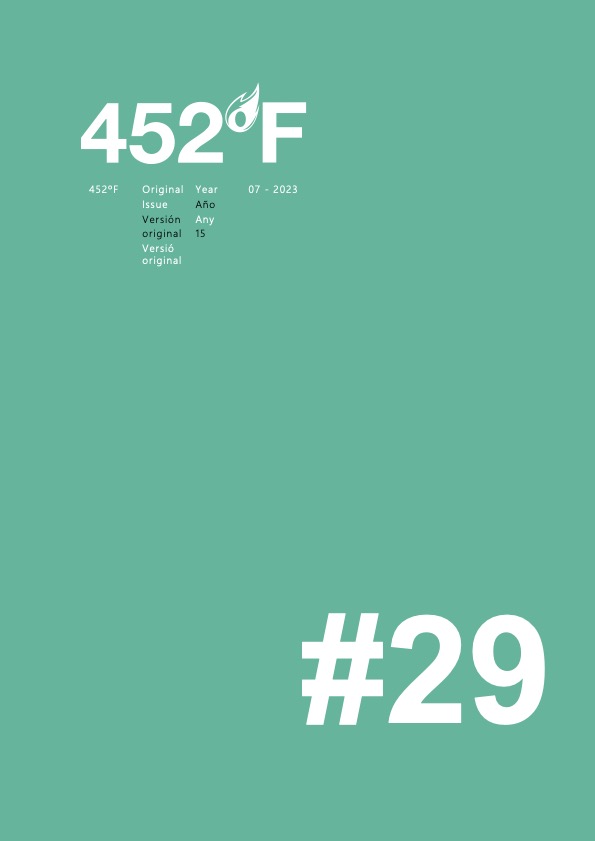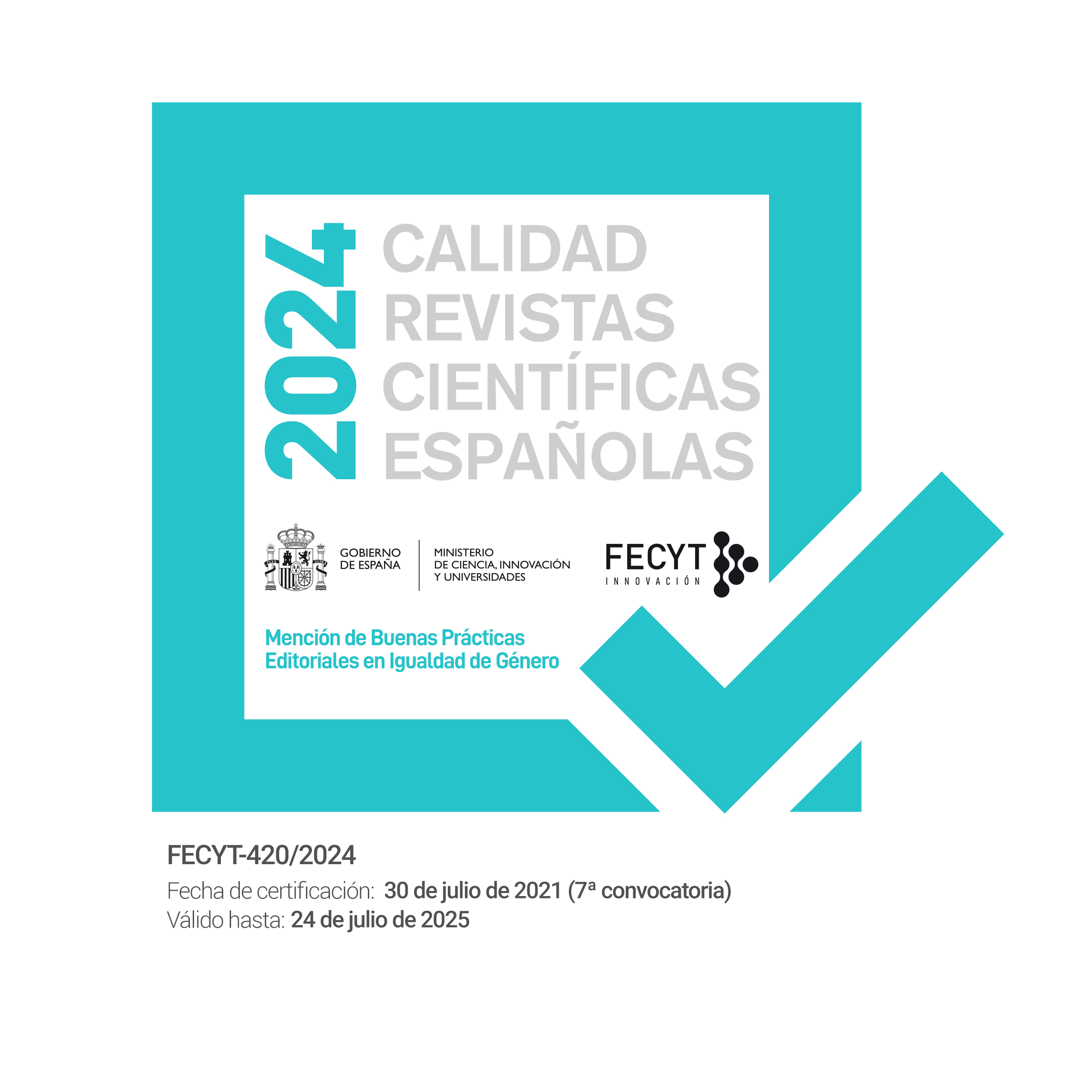Cartooning Through Crisis: The Case of Abu in India’s Emergency Years 1975-77
DOI:
https://doi.org/10.1344/452f.2023.29.13Keywords:
Censorship, Satirical political cartoons, Emergency, Speech act theory, Abu Abraham, Offensive cartoonsAbstract
This paper is an attempt to understand the communicative potential of political cartoons in the face of censorship. The Emergency Years in India (1975-77) saw the most stringent censorship of mass media in the public sphere in independent India, and thus has been chosen as the period of study. The cartoonist Abu Abraham, who continued to draw cartoons for the national daily Indian Express throughout the period and claims to have not been disturbed much by censorious authorities becomes the axis of this analysis. Taking cues from theorists Judith Butler and Louis Althusser, the paper focusses on the techniques and strategies employed by Abraham in his cartoons that allowed most of his cartoons to pass through the censorship filters, and still make an impact on the general public.Downloads
Published
How to Cite
Issue
Section
License
All contents published in the journal are protected under a Creative Commons BY-NC-ND license. This corresponds to legislation within Spain, and does not allow commercial use of the texts. It is not possible to modify the contents either.
General information.
Comparative Literature magazine 452ºF [ISSN 2013-3294] is a publishing project coordinated by Asociación Cultural 452ºF, and developed by its Editorial board.
Access to the Contents and Copyright.
All contents published in the journal are protected under a Creative Commons BY-NC-ND license. This corresponds to legislation within Spain, and does not allow commercial use of the texts. It is not possible to modify the contents either.
Every person has free access to the contents of the journal as long as they understand and assume that no profit is to be made on other people’s work.
In all cases, the original source name of the online journal and the article must be mentioned when used for any purposes.
Basic Conditions of all Call for Papers.
- 1. The author accepts that sending the paper:
- a. Does not guarantee the publication of it.
- b. Is done in accordance to the style-sheet of the magazine and the requirements of the specific call for papers.
- c. Implies the non-exclusive transferring of the first publication rights of the paper, as long as it is selected to be published in the journal, to theAsociación Cultural 452ºF, under a Creative Commons BY-NC-ND license.
- 2. The journal 452ºF, in due respect to moral rights of a copyright, guarantees that:
- a. All papers will be evaluated according to the procedure already mentioned.
- b. All authors will receive either a positive or negative answer to their sending a paper for publication.
- c. All papers will be published unabridged. The journal might make changes in the typographical disposition according to the needs.
- d. All papers will be published under a Creative Commons BY-NC-ND license.





